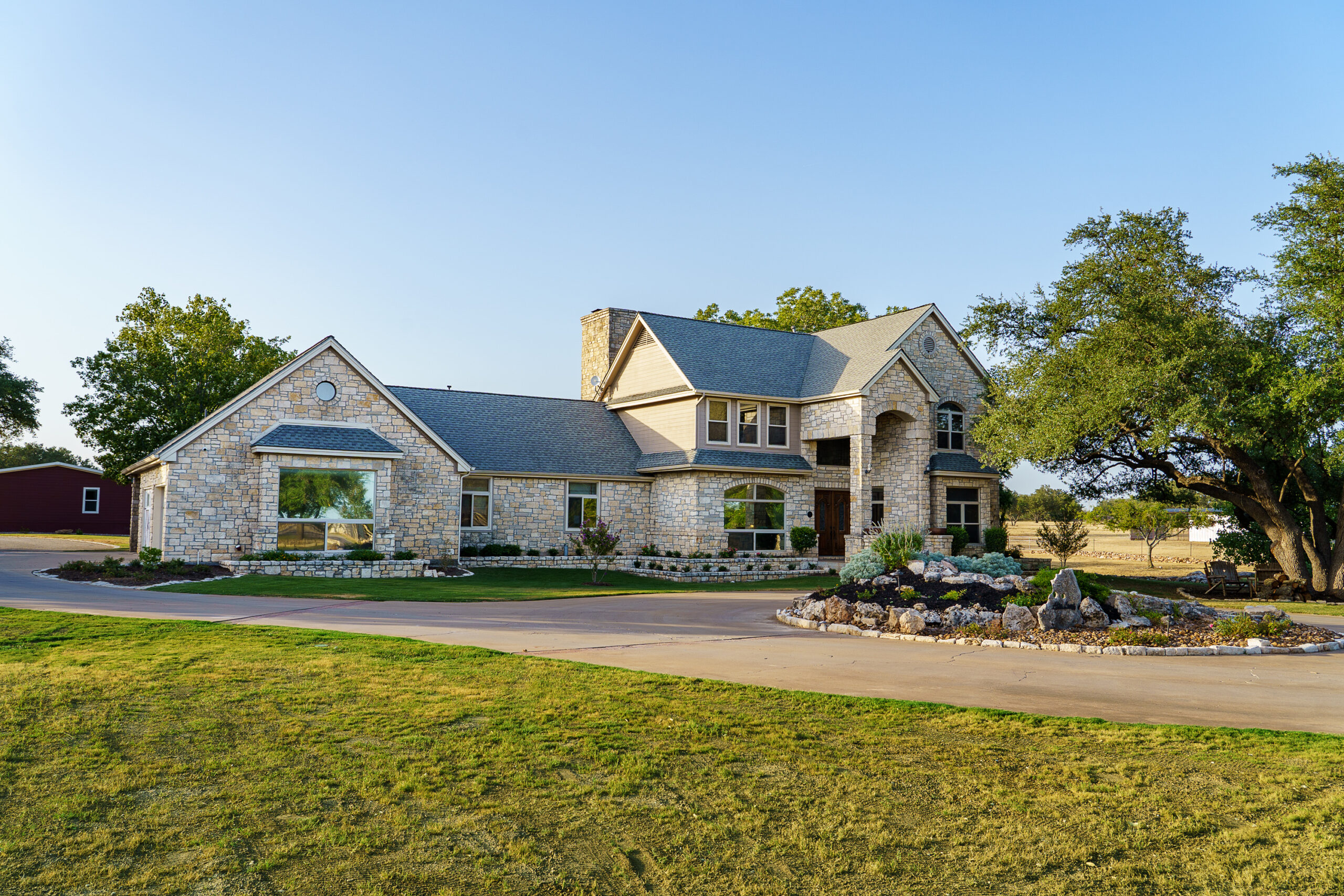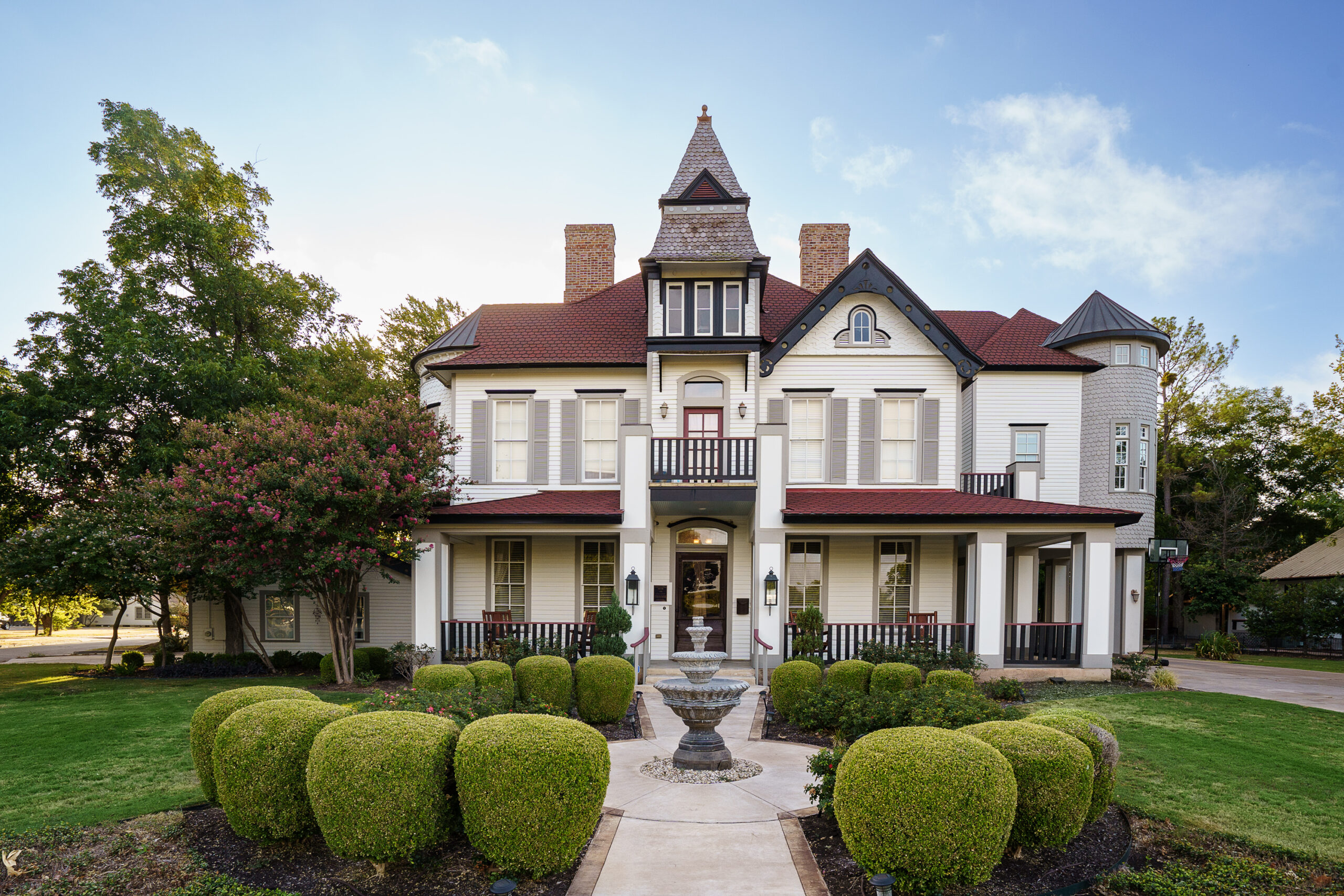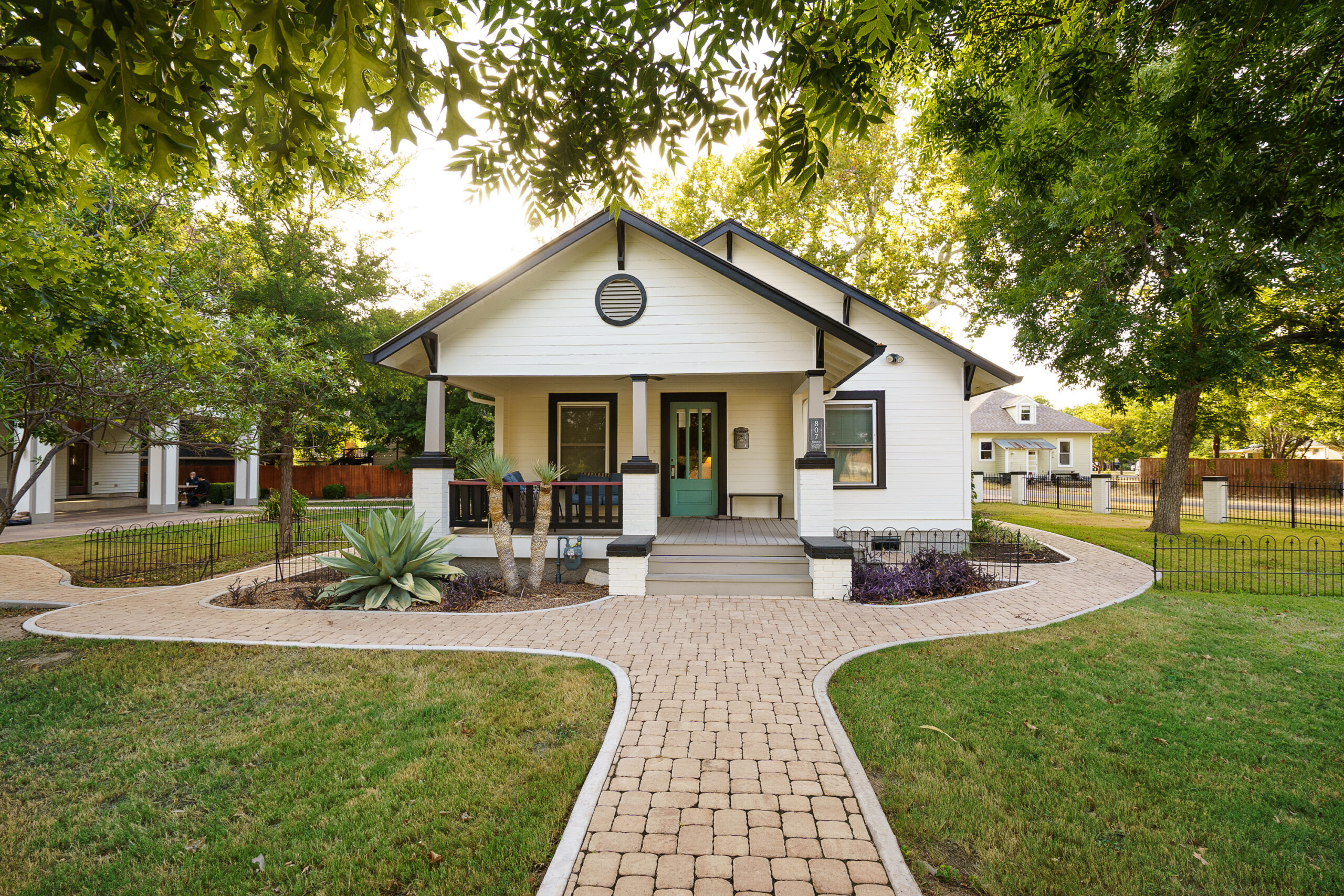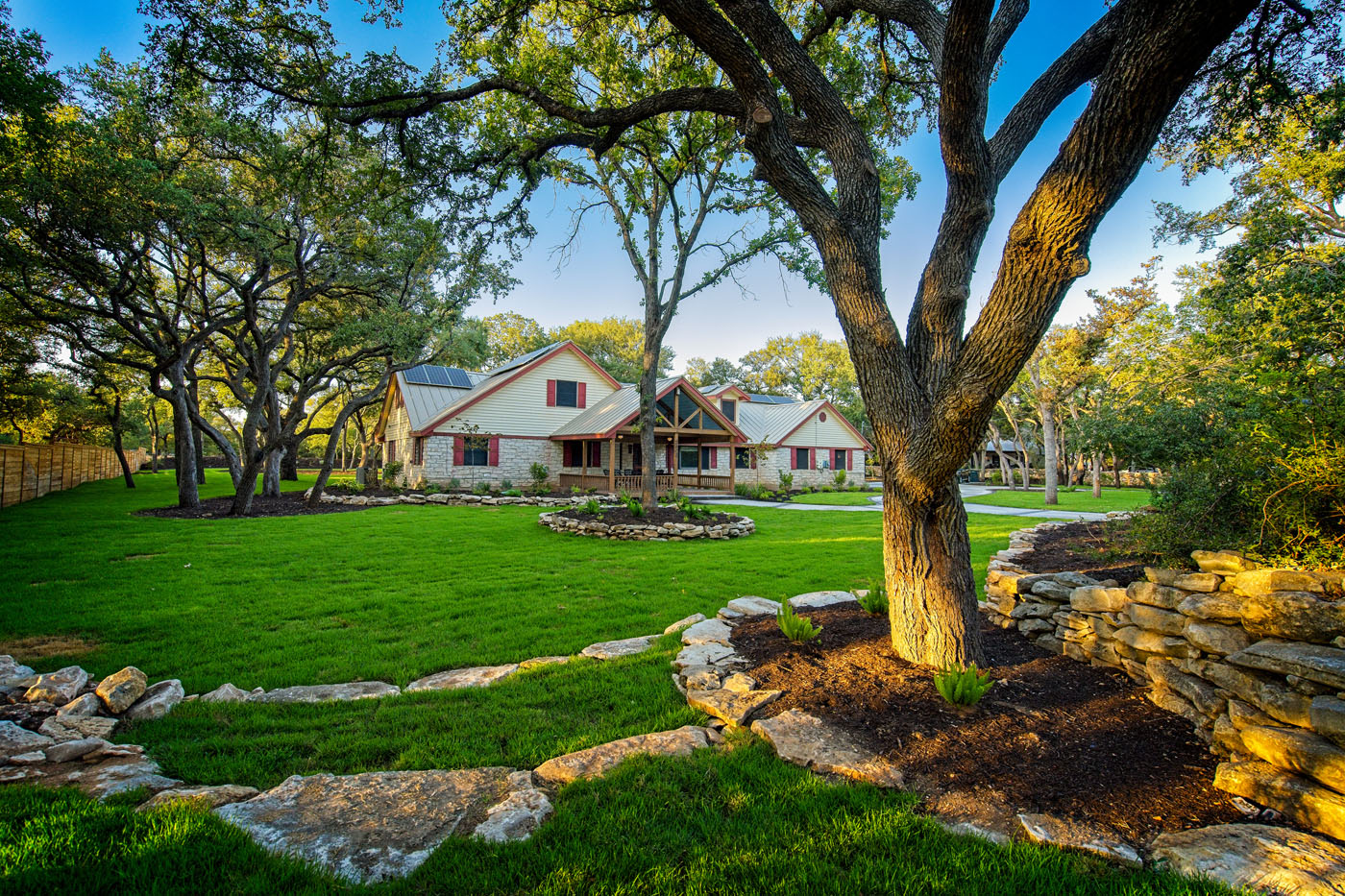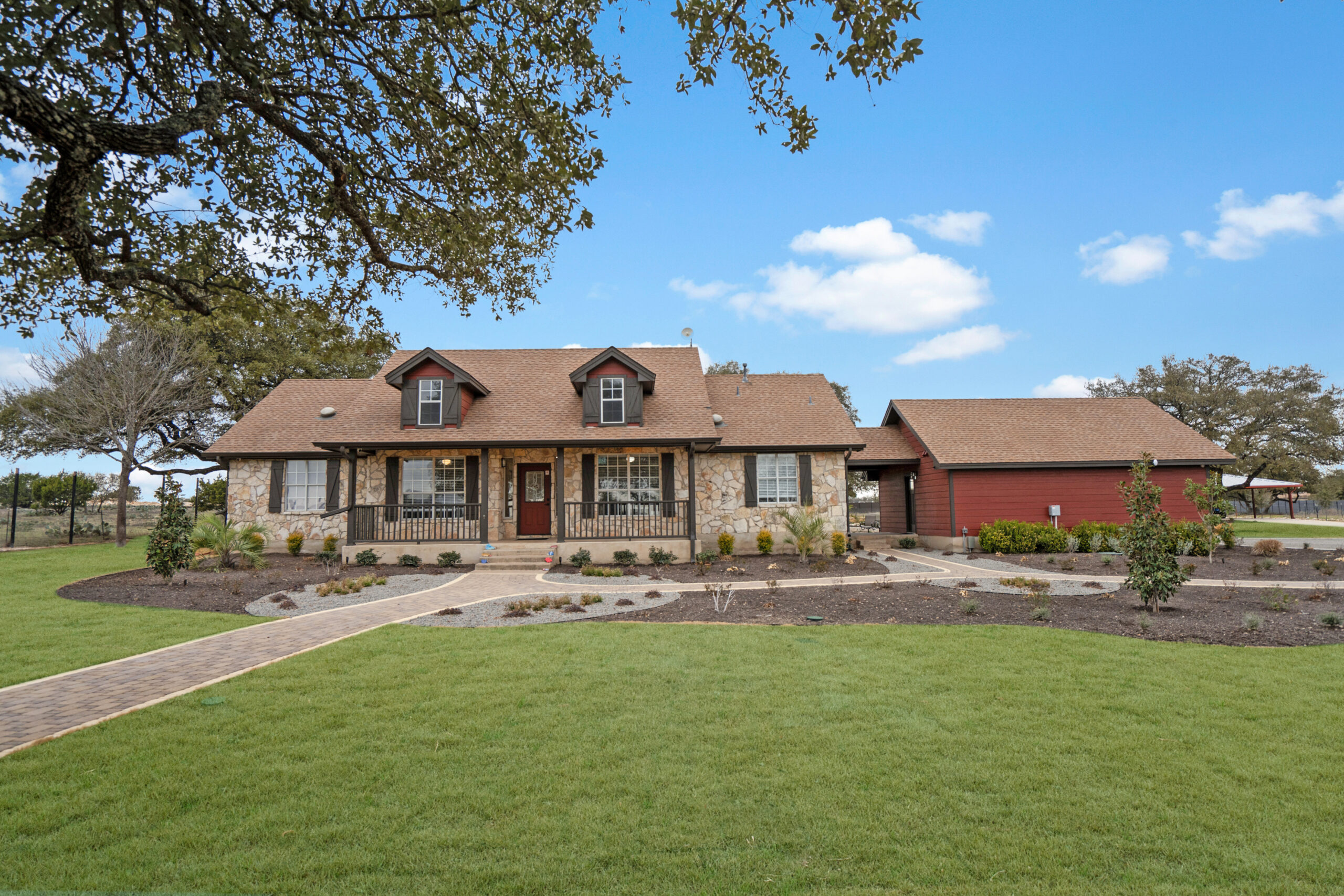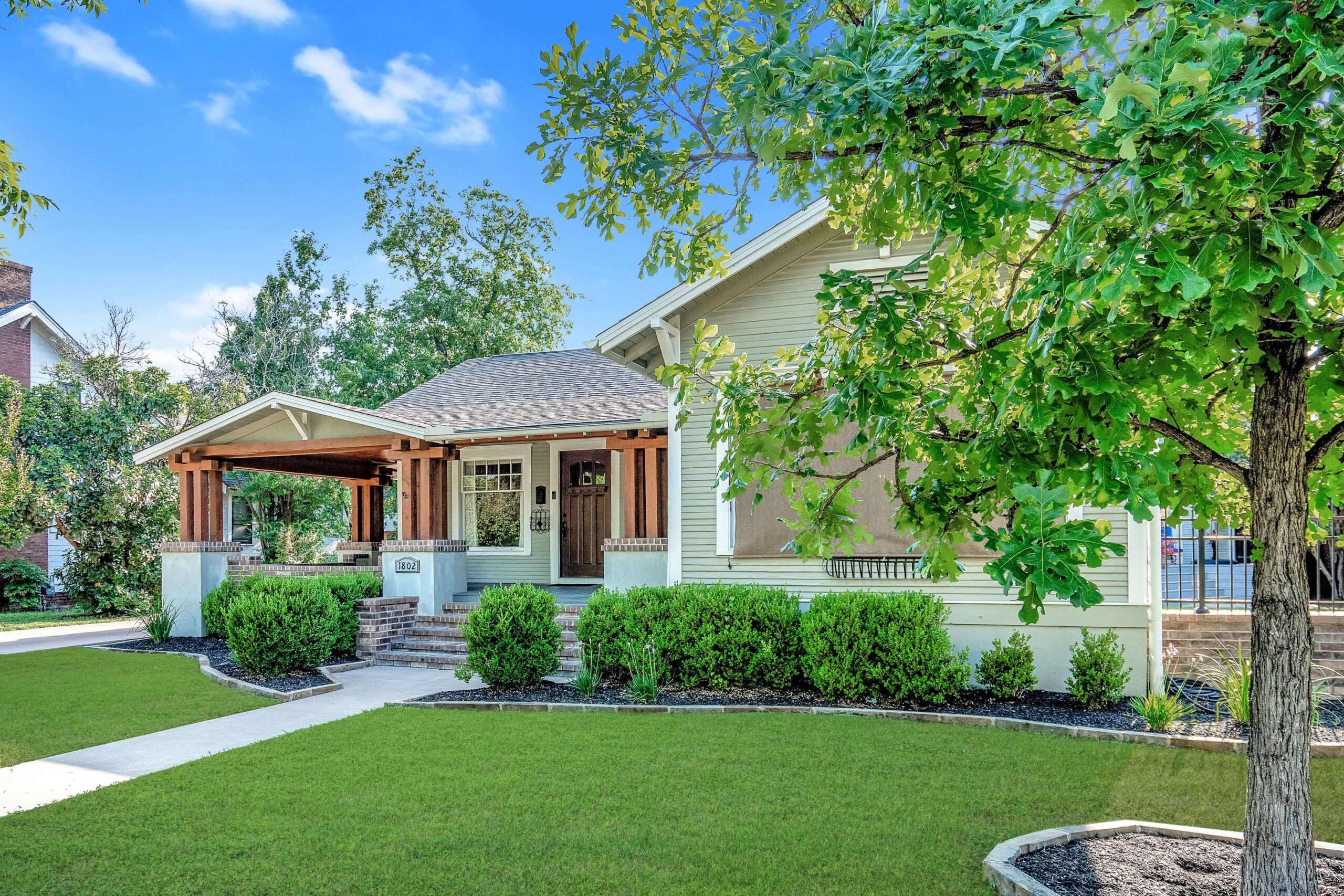The Importance of Residential Treatment for Bipolar Disorder
Residential treatment for bipolar disorder offers a haven of stability and support for individuals grappling with this often debilitating condition. At Alta Loma, I’ve seen firsthand how crucial a structured environment can be in helping individuals regain control over their lives. The immersive nature of residential treatment allows for comprehensive monitoring and therapy, addressing not just the symptoms but the root causes of bipolar disorder.
In residential settings, clients are removed from external stressors and triggers, enabling them to focus solely on their recovery. This separation is vital, as everyday life can often exacerbate the highs and lows characteristic of bipolar disorder. In my 20+ years at Alta Loma, the transformation I’ve witnessed in patients during residential treatment underscores its significance in managing and stabilizing bipolar disorder.
Moreover, residential treatment centers like Alta Loma provide a community of peers undergoing similar experiences. This peer support system is invaluable as it fosters a sense of belonging and understanding that is often hard to find outside of such environments. Clients learn to interact and connect with others, improving social skills that are essential for reintegration into their daily lives.
What Happens in Residential Treatment for Bipolar Disorder?
Residential treatment for bipolar disorder involves a holistic approach designed to address a plethora of needs. Upon arrival at a facility like Alta Loma, an in-depth assessment is conducted to tailor a personalized treatment plan. This plan typically includes medication management, various forms of therapy, and lifestyle coaching.
Medication management is critical, as finding the right balance can be a delicate process. Psychiatrists work closely with patients to determine the most effective medications, whether mood stabilizers or antipsychotics, minimizing side effects and maximizing benefits.
Therapeutic interventions such as Cognitive Behavioral Therapy (CBT) and Dialectical Behavior Therapy (DBT) are staples of residential treatment. These therapies help patients develop healthier thinking patterns and emotional regulation tactics. In addition, there is often an integration of alternative therapies such as mindfulness and yoga, providing a well-rounded approach to treatment.
Lastly, residential treatment equips individuals with life skills and coping mechanisms for managing stress and preventing relapse. With structured daily routines and ongoing psychiatric care, residents are guided towards sustainable recovery and eventual reintegration into society.
Answering Common Questions About Residential Treatment
What Qualifies as a Residential Treatment for Bipolar Disorder Emergency?
An emergency necessitating residential treatment for bipolar disorder typically involves extreme mood swings or behaviors posing a risk to the individual or others. This could mean severe depression, mania, or a mixed episode that is not manageable through outpatient care.
For someone experiencing these extremes, it may be critical to seek admission to a residential facility, where they can receive immediate and concentrated care. Alta Loma provides such an environment, offering crisis stabilization and 24/7 support tailored to the specific needs of bipolar disorder patients.
Steps to Selecting a Residential Treatment for Bipolar Disorder
Selecting the right residential treatment for bipolar disorder is a significant decision, often surrounded by confusion and stress. Here are steps to guide you in making an informed choice:
- Research Treatment Options: Look for facilities specializing in bipolar disorder with experienced mental health professionals and proven success rates.
- Check Accreditation: Ensure the center is accredited by relevant health organizations, guaranteeing a standard of care.
- Review Treatment Approaches: Assess if the offered therapies and interventions align with your needs, preferences, and any co-occurring conditions.
- Consider Location and Environment: A serene environment can significantly impact recovery; choose a location that promotes healing.
- Evaluate Costs and Insurance Coverage: Understand the financial implications and check if your insurance plan covers residential treatment.
Personal Stories: The Impact of Residential Treatment
Throughout my career at Alta Loma, I’ve listened to countless stories from those who have undergone residential treatment for bipolar disorder. One such individual, a young woman named Sarah, arrived feeling isolated and overwhelmed by her condition. Over several months, through a combination of customized therapy and peer support, she learned to manage her symptoms and rebuilt her confidence.
Sarah’s journey is a testament to the transformative power of residential treatment. She shared that understanding she wasn’t alone, and having daily access to mental health professionals, was pivotal in her recovery. Now, Sarah is an active member of her community, spreading awareness about mental health and helping others find their path to wellness.
These stories highlight that while residential treatment for bipolar disorder is a serious commitment, it can lead to life-changing outcomes. It provides a foundation for individuals to rebuild their lives, armed with the skills to navigate their condition effectively.
Life Beyond Residential Treatment for Bipolar Disorder
While residential treatment is a critical step, life beyond the facility is where the true test begins. Alta Loma ensures that every client leaves with a robust aftercare plan, crucial for maintaining stability. Key components of aftercare include regular psychiatric appointments, continued therapy sessions, and support groups.
Support groups, such as those offered by mental health organizations, provide ongoing peer support, which is invaluable for maintaining the progress made during residential treatment. Regular therapy sessions help reinforce coping mechanisms and provide a space to discuss any new stressors or challenges.
- Counseling sessions to adapt strategies for daily life
- Regular medication reviews to ensure treatment effectiveness
- Peer support networks for shared experiences and learning
In the years following residential treatment, it’s essential for individuals to continuously engage with their support systems. This ongoing engagement not only assists in preventing relapse but also fosters a sense of community and resilience. Alta Loma’s comprehensive approach ensures that each individual leaves with the necessary tools to embrace a fulfilling life, despite the challenges of bipolar disorder.
